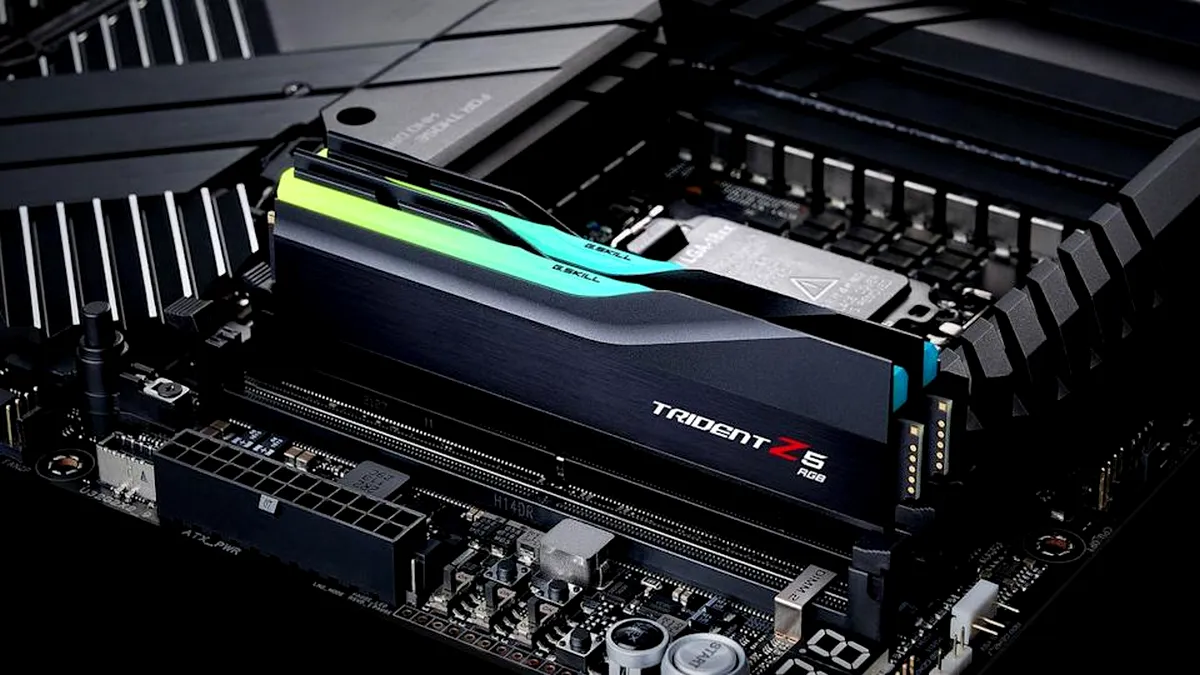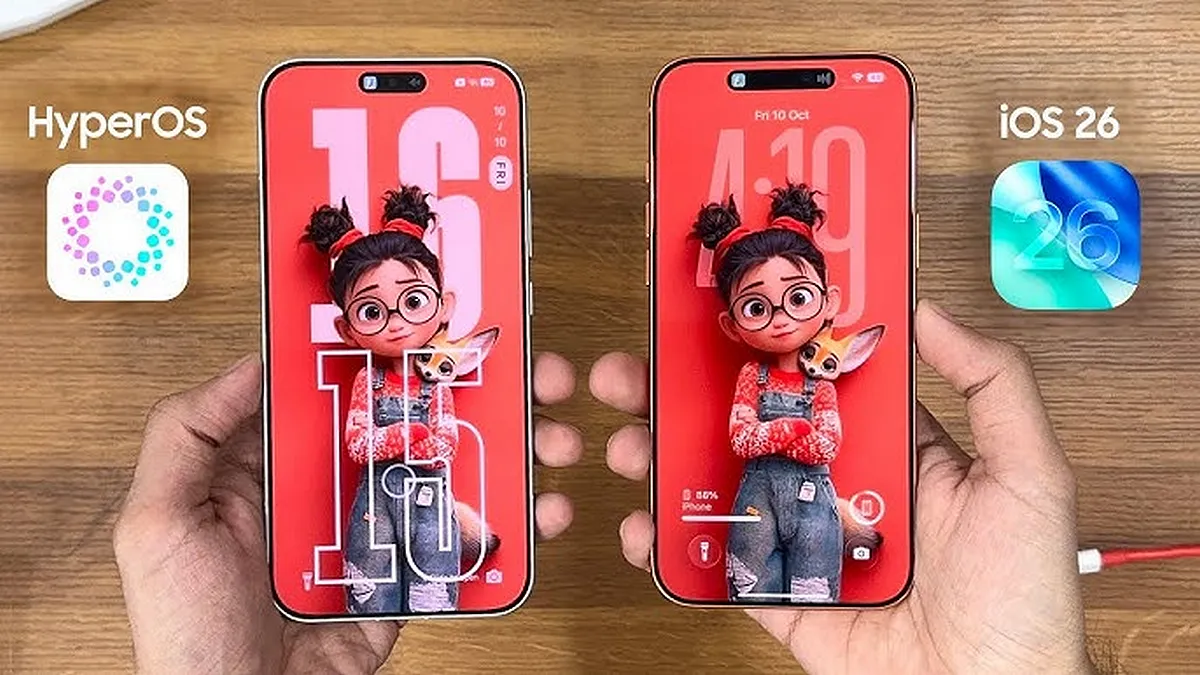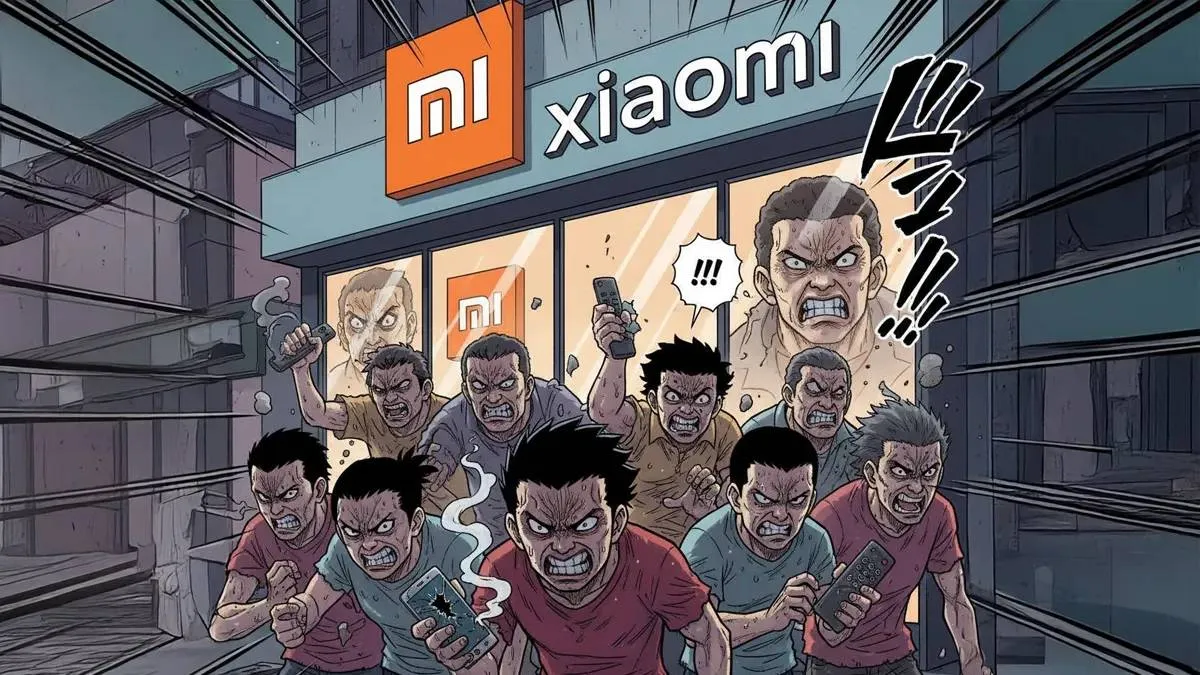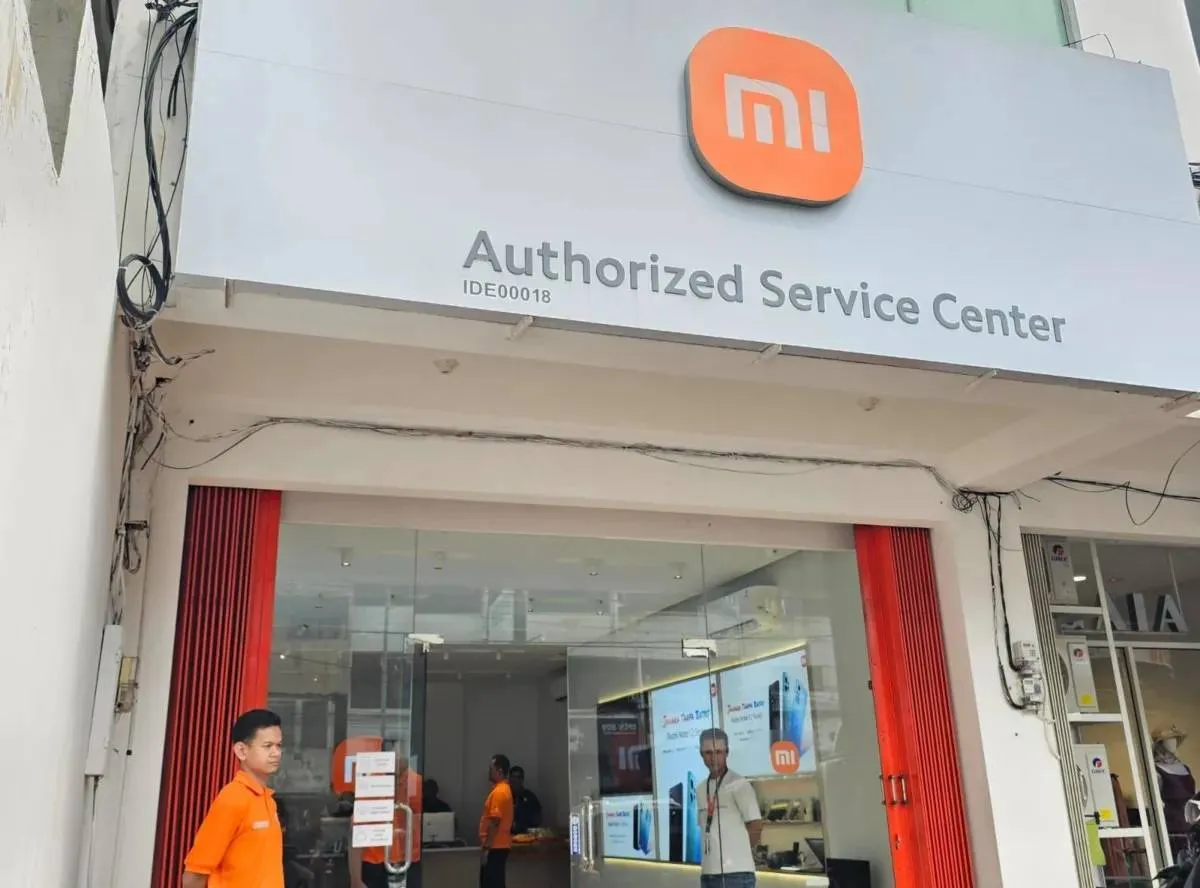
Satellite Calling and 6500mAh: Everything You Need to Know About the Nova 15 Series
Dec 23, 09:06
Xiaomi Watch 5 Leaked: Is the New EMG Sensor a Game Changer for Fitness?
Dec 23, 14:07
OnePlus Turbo Leaked: 165Hz Gaming and the Biggest Battery We've Ever Seen
Dec 23, 09:55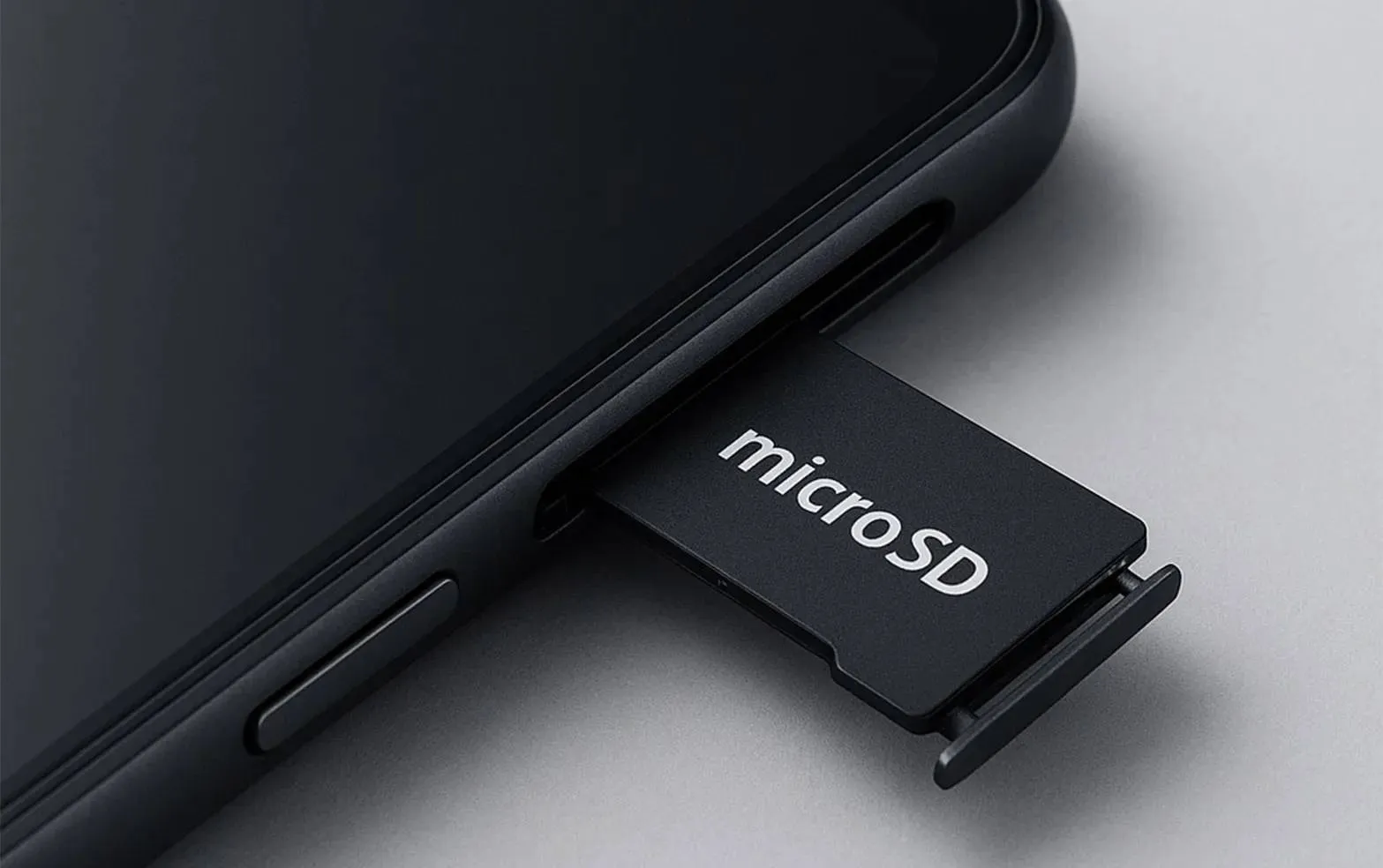
Why Your Next Mid-Range Phone Might Finally Have Expandable Memory
Dec 19, 10:40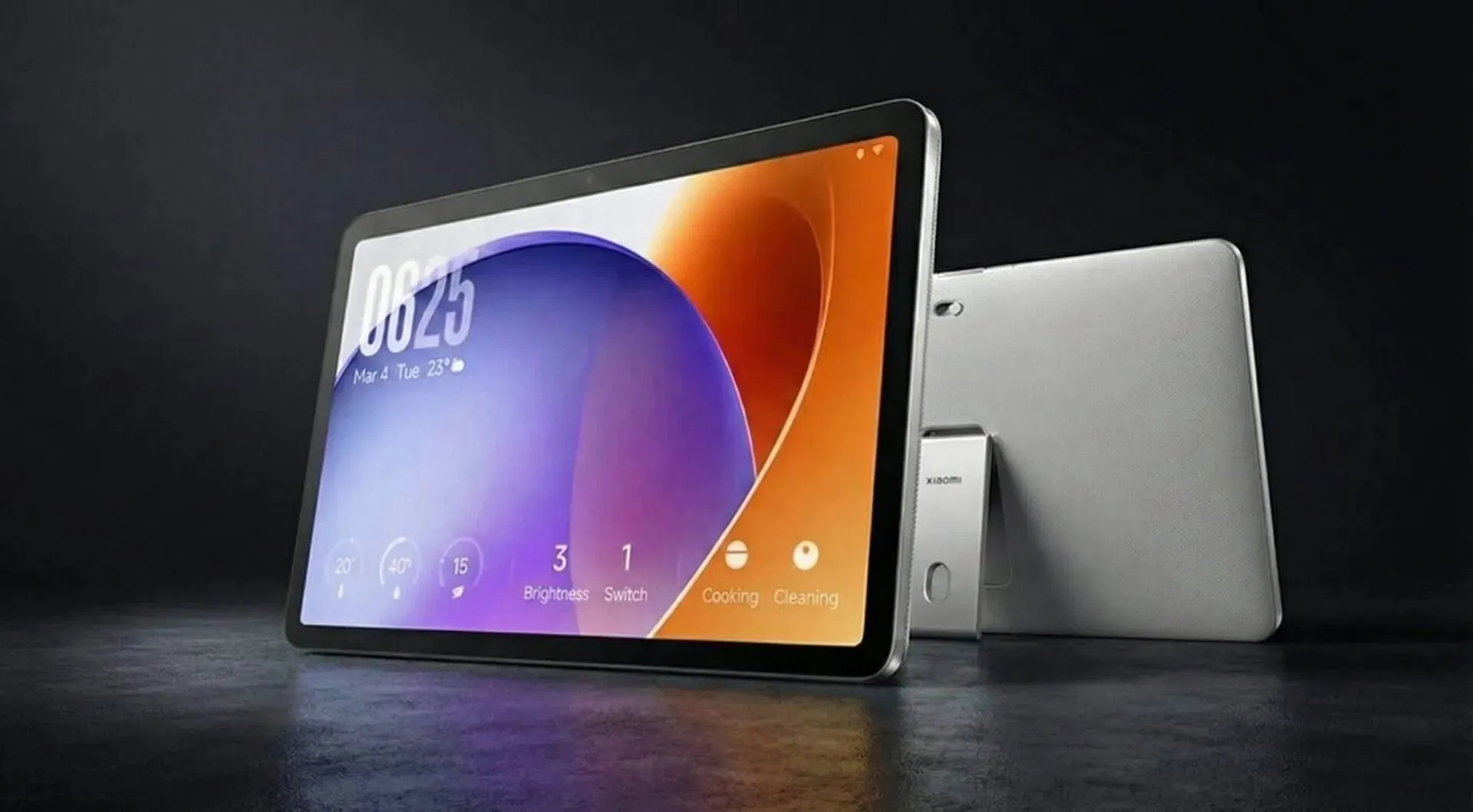
Xiaomi Home Screen 11: The Smart Hub That Finally Looks Premium
Dec 19, 10:28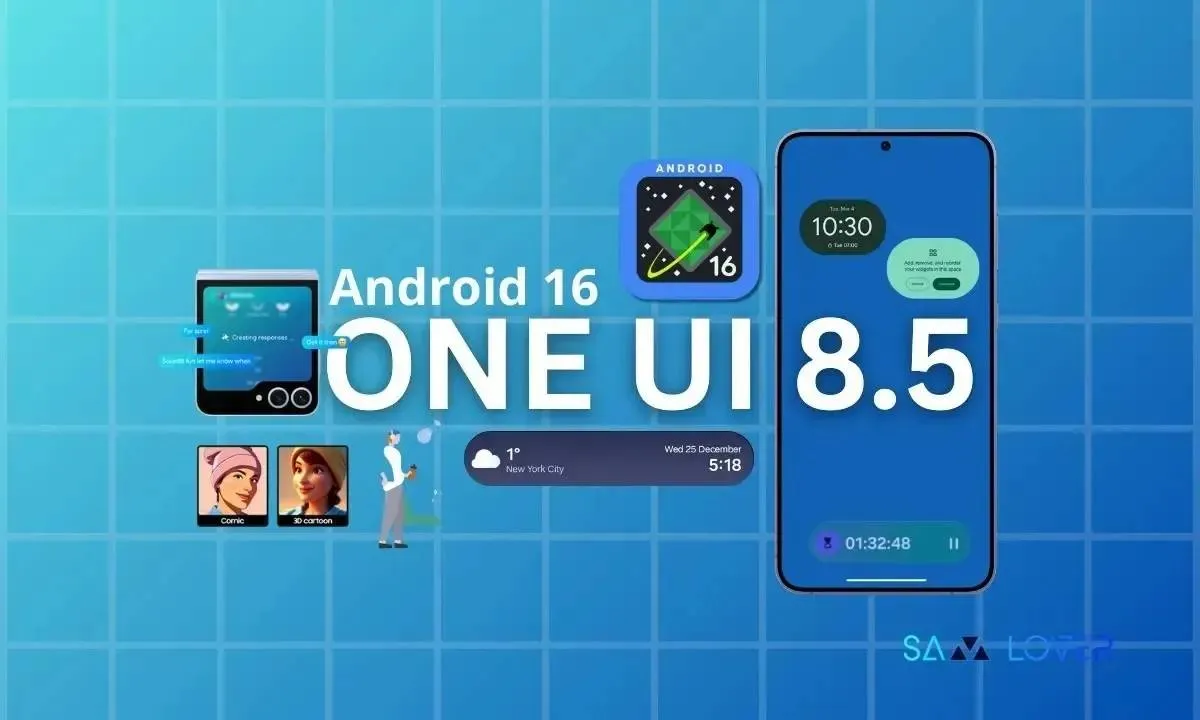
One UI 8.5 Beta 2: Samsung Finally Fixes its Biggest Camera Flaw
Samsung One UI 8.5 Beta 2 brings advanced shutter speed and ISO controls to the Galaxy S25. Fix blurry photos and save Pro presets with this update.

Xiaomi Watch 5 Leaked: Is the New EMG Sensor a Game Changer for Fitness?
Meet the Xiaomi Watch 5. With a world-first EMG sensor, ECG tracking, and a Snapdragon W5 chip, it’s the most advanced Xiaomi wearable yet.

Samsung Galaxy A37/A57 cameras get huge upgrade with 50MP main sensor
Samsung has shared camera info for the Galaxy A37 and A57. Both use a 50MP Sony IMX906 lens, though some regions may get the Samsung S5KGNJ.

Huawei nova 15 Ultra front camera shots revealed and it is not what fans expected
Huawei has shared new photos taken with the front camera of its Nova 15 Ultra. The images show He Gang, CEO of Huawei Terminal BG, at the launch event.
- Besoin de ça
 merveil11-12-2025
merveil11-12-2025 - Looking forward to buying both sizes of this when they are available in Thailand 🇹🇭chrisman08-12-2025
- Finally! Surprised corrupt Grok was not mentionedMaxNix07-12-2025
- About time!!MaxNix07-12-2025
- Best practice avoid buying Xiaomi phones and products, you all won't regret later.Kevin03-12-2025
- Interesting update on OpenAI’s Sora app! As we also review AI and SaaS tools at TheSoftReview, it’s fascinating to see how video-generation apps are expanding to mobile platforms, making creative workflows more accessible.Shamima29-11-2025
- Good, good… keep going downhill. Unlike Xiaomi, other brands in Europe actually allow global users to unlock the bootloader. Xiaomi is full of lies the Mi Community app doesn’t work, and for over a month I clicked every day with no success. In the end I sold the phone and switched to another brand. Samsung works perfectly and unlocking the bootloader is very easy. I used to support Xiaomi and my whole family bought their phones, but now it’s over. Goodbye! I hope your stock keeps falling next year. Yay!HeCosmin28-11-2025
- Kind of drop the Ultra's 2K screen and 120Hz refresh rate.MaxNix25-11-2025
- Stellar Data Recovery worked great for me when I lost some important photos from my SD card. It found files I didn’t even remember deleting, which was surprising. Although the scan was a bit slow, the recovery success made it worth the wait.john25-11-2025
- Really eye-opening article. You make a strong case that Facebook Messenger collects huge amounts of user data — more than many other apps, according to survey results.lindseyjohn83020-11-2025
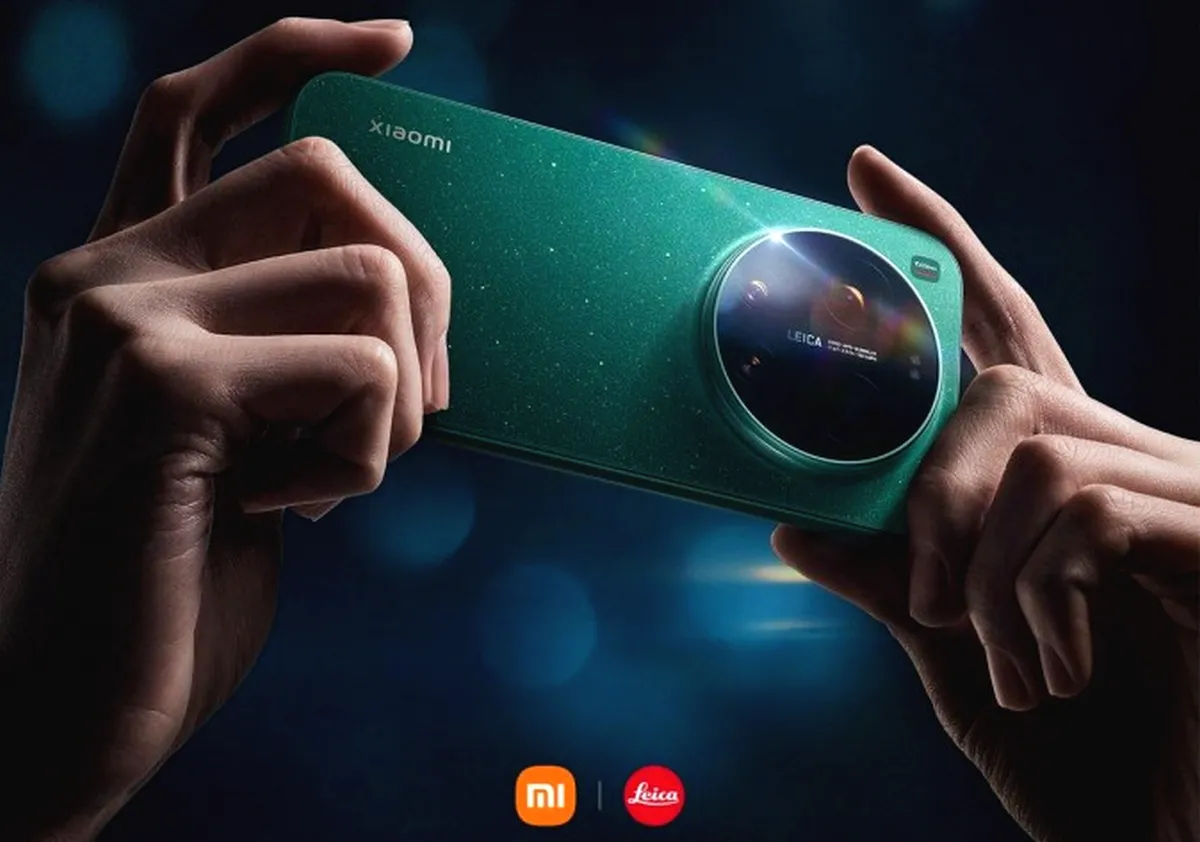
Xiaomi 17 Ultra Design and Body Revealed: Say Goodbye to Bulky Camera Smartphones
Xiaomi 17 Ultra launches Dec 25 with an ultra-thin 8.29mm body, narrow bezels, and a new 1-inch 50MP Leica camera focused on low-light performance.

The growing risk of solar panel fires and how to stop them
The use of solar electricity in homes and businesses has increased rapidly, but there are new concerns associated with this growth. Fire is among the most dangerous.

Why Your Current Smartband is Probably Lying to You About Your Health
Xiaomi unveils a massive 5,000sqm health lab to fix wearable accuracy. See how 17% better calorie tracking is changing the fitness game.
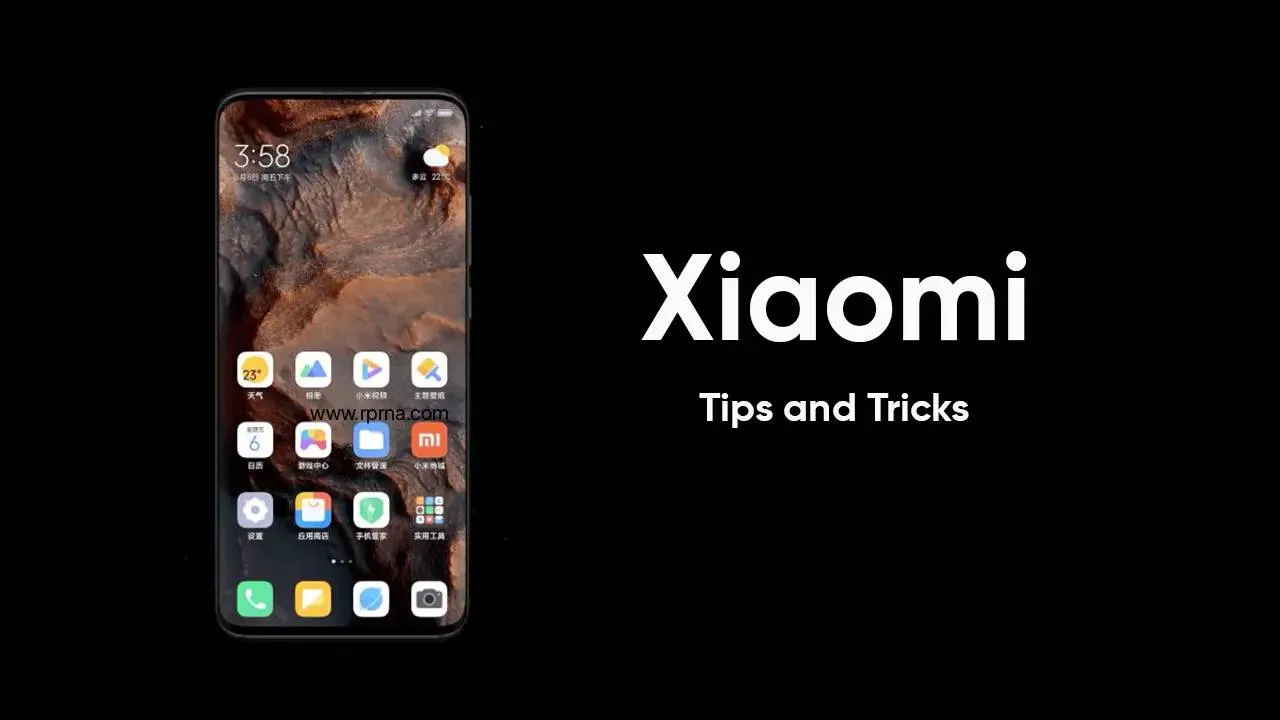
Double Your Xiaomi Speed Instantly: The One Simple Trick That Works!
Make your slow Xiaomi phone fast again! Discover the simple trick of clearing your system launcher cache to instantly restore performance, speed, and battery life.
Loading



